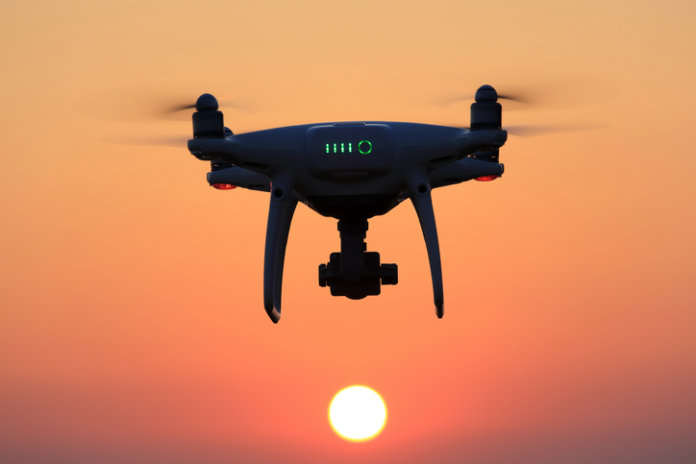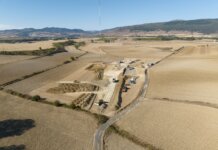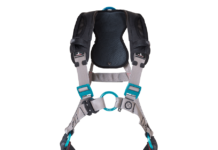Artificial intelligence (AI) will increasingly automate operations over the next several years in the solar and wind industries, as well as boost efficiencies across the renewable energy sector, according to a new position paper from DNV GL, a global quality assurance and risk management company.
The position paper, “Making Renewables Smarter: The benefits, risks, and future of artificial intelligence in solar and wind,” explores where AI, such as machine learning, will have an impact to increase efficiencies in the renewables industry. Areas include decision-making and planning, condition-monitoring, robotics, inspections, certifications, and supply-chain optimization.
DNV GL explains that the renewables industry is a data-rich environment. AI technologies have been commercially developed relatively recently, and most of the advances supported by AI have been in resource-forecasting, control and predictive maintenance, according to the paper.
“We expect the installation of more sensors; the increase in easier-to-use machine learning tools; and the continuous expansion of data monitoring, processing and analytics capabilities to create new operating efficiencies – and new and disruptive business models,” comments Lucy Craig, director of technology and innovation at DNV GL – Energy.
According to the paper, solar and wind industry stakeholders should expect to see AI benefits in several specific areas:
- Robotics growing in prevalence for remote inspection, with new benefits in maintenance and troubleshooting.
- Crawling robots that can get close to a structure’s surface, enabling a new set of technologies such as microwave and ultrasonic transmitters and receivers, which can be used to penetrate structures to reveal faults in materials.
- Supply-chain optimizations by autonomous driving robots, which could, in the future, build entire onshore wind or solar farms. Parts of a wind turbine or a solar array could be transported from the factory by self-driving lorries, unloaded by another set of robots, attached to the foundations that other robots have dug and filled, and pieced together by a final set of robots and drones.
- Autonomous drones with real-time, AI-supported analysis becoming the primary tool for carrying out effective and efficient inspections of wind turbines and solar panels.
- AI applications accelerating due diligence, reducing the time investment of planning and analysis that today requires many human hours.
However, achieving the benefits of AI comes with risks and challenges, notes DNV GL. For players in the renewables industry to build AI systems that are stable, progressive and reliable, they must obtain knowledge and data from across many different projects. Fortunately, there is a large amount of historical data in the market, says DNV GL.
“Solar and wind developers, operators, and investors need to consider how their industries can use it, what the impacts are on the industries in a larger sense, and what decisions those industries need to confront,” co-author Elizabeth Traiger concludes.
The full paper can be downloaded here.




